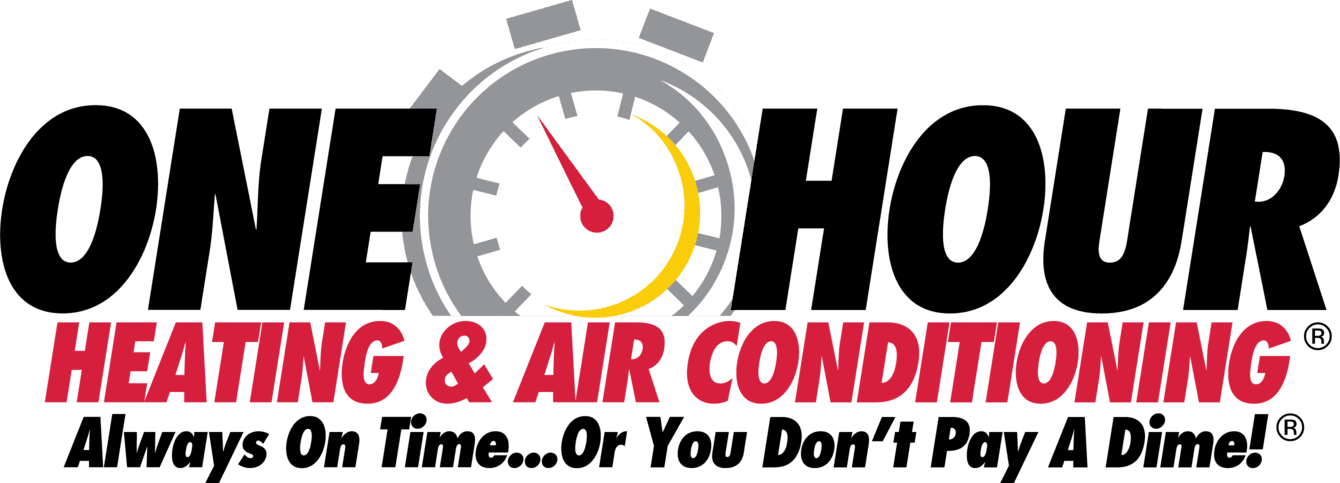Optimizing Your HVAC System for Allergy Season
Allergies can range anywhere from uncomfortable to debilitating, depending on your specific reactions. When it comes to the quality of air inside your home, the air can have a big effect on your allergy symptoms and how often you experience them. We're going to dive into how your HVAC system can affect your allergies and what you can do to minimize that effect.
How Does Your HVAC System Affect Your Allergies?
Most people are familiar with the fact that their HVAC systems work to provide adequate heating and cooling to their households. However, that's not the only job of your HVAC system. It's also responsible for circulating and filtering the air inside your home. When your system is not properly taken care of, it can inadvertently spread unwanted particulates in your air. These include allergens like pet dander, dust mites, mold spores, and even pollen. Apart from circulating the air, there are a few factors that can worsen your indoor air quality. Over time, dust and other airborne particles can accumulate inside your ductwork. If moisture enters your ducting, mold and mildew can grow, further worsening indoor air quality. Without proper ventilation, harmful toxins can get trapped inside your home. These include substances like cigarette smoke and chemical irritants from cleaning products and paints.
Key Indicators That Your HVAC System Is Making Your Allergies Worse
One of the most obvious signs that your HVAC system is contributing to allergy flare-ups is experiencing symptoms like sneezing, congestion, and coughing while at home. You might also notice an itchy throat, watery or dry eyes, rapid dust buildup on surfaces, or a musty odor from your air vents.
Start With Your System's Air Filter
Choosing the right air filter is key to reducing allergens in your home. Filters are rated by MERV (Minimum Efficiency Reporting Value) on a scale from 1 to 20. For most homes, a filter rated between MERV 8 and 13 offers the best balance of air quality and system performance. Higher ratings capture smaller particles like pollen, dust, and mold, but filters above MERV 13 can restrict airflow and may not be suitable for all systems. To find the right MERV rating for your HVAC system, check your owner’s manual or consult an HVAC professional. Using the correct filter helps improve indoor air without putting strain on your system.
Consider Duct Cleaning Service
Every time your HVAC system runs, it pulls in air containing airborne particles that can build up inside your ducts. This not only reduces air quality but can also restrict airflow, decreasing system efficiency and increasing energy bills. Professional duct cleaning can effectively remove this buildup and improve indoor air quality. While the EPA doesn’t recommend routine duct cleaning for all homes, it’s advisable every 5 years or every 2–3 years if you suffer from severe allergies, asthma, or other respiratory issues.
Consider Humidifiers and Dehumidifiers
Humidity levels can significantly impact allergy symptoms. Low humidity can dry out nasal passages, increasing sinus irritation and discomfort. A whole-home humidifier, installed with your HVAC system, can add moisture to the air and is especially helpful in winter. You can typically control humidity via your thermostat or a humidistat. Experts recommend maintaining indoor humidity between 30% and 50%. On the other hand, high humidity can promote mold and dust mite growth, worsening allergies. A whole-home dehumidifier can manage excess moisture during humid months. Like humidifiers, they work with your HVAC system and thermostat to maintain optimal humidity levels.
Extended Media Filters
If you want more filtration than standard HVAC filters offer, consider an extended media filter. Installed in the return ductwork, these filters have a larger surface area and multiple layers to capture a wide range of airborne particles. Some models include activated carbon to help absorb odors from cooking, pets, or smoke. These filters can offer better allergen control and improved air quality, but they may require professional installation and periodic maintenance.
UV Sanitizing Lights
For an advanced air quality solution, UV sanitizing lights can be highly effective. Unlike air filters that trap particles, UV-C lights deactivate microorganisms like bacteria, viruses, and mold by disrupting their DNA, preventing reproduction. There are two main types:
- Air sanitizing lights: Installed inside ductwork to treat moving air.
- Coil sanitizing lights: Installed near the evaporator coil to prevent mold and bacteria buildup.
While UV lights do not eliminate dust or dander, they are valuable for reducing microbial contaminants that aggravate allergies and illnesses.
Professional Duct Sealing Service
Leaky ducts can draw in contaminants like dust, insulation fibers, and pests from wall and floor cavities. This can compromise indoor air quality and reduce HVAC efficiency. Professional duct sealing, often using mastic sealant or aerosol-based technology, prevents air leakage and improves air distribution. Duct sealing is typically recommended every 10 years or sooner if leaks are detected.
Reliable HVAC Maintenance Service
One Hour Heating & Air Conditioning® offers reliable HVAC maintenance service to our Mount Pleasant community. We can also help with all your emergency HVAC, heating, air conditioning, indoor air quality, ductwork, insulation, and thermostat needs. Call our office today to book your next service consultation with one of our helpful technicians.
